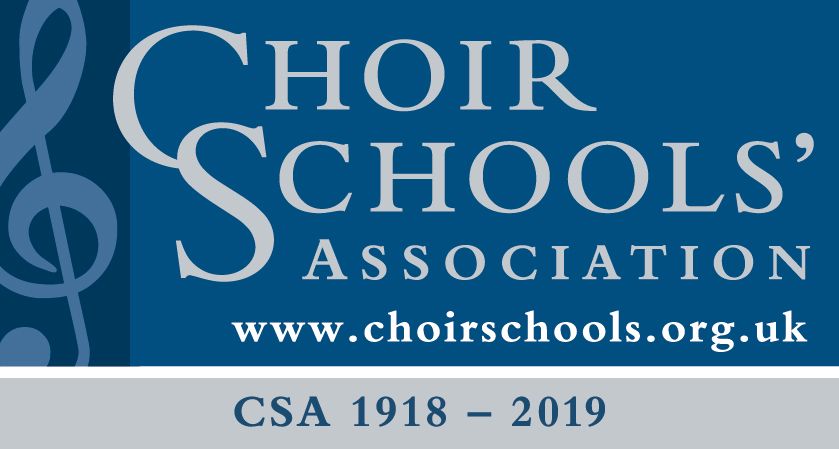Art History Information
Why Study Art History?
Art History develops students understanding of the relationship between society and art; art historical terms, concepts and issues; the influence of cultural, social and political factors as well as developments in materials, techniques and processes of both art and architecture over time.
7 reasons to take Art History:
Core visual literary skills - The initial Visual Analysis topic delivers the core skills of visual literacy and understanding, vital skills in today’s visual world.
Global scope - The inclusion works from beyond the European tradition in the thematic topics introduces a global scope into the syllabus that is appropriate for the modern world.
Local perspectives – We may choose works which allow us to make use of our local museums and galleries. As such we make trips and have examples from Norwich Cathedral, the Sainsbury Centre for Visual Art or take advantage or other local or temporary exhibitions that are visitable that academic year.
Opportunities for breadth and depth - The Periods paper gives the opportunity to study some of the most significant and exciting eras of art and architecture in depth. Pupils will continue to build on and develop their skills of visual literacy and their knowledge base as they expand from the breadth of the Themes to the greater detail of Periods.
Clear assessments - This A Level offers clear assessment, allowing students the opportunity to engage in debate and evaluate ideas.
Access to cultural heritage - Over the two-year course, pupils will develop the skills and understanding to enjoy a lifetime of access to, and appreciation of, the culture, heritage and ideas of the world around them.
Supports progression to further study - All elements of this course equip our pupils with skills for higher education and beyond: art history’s inter-disciplinary benefits are key to this, as are the requirements for all students to learn to analyse, research and to create substantiated reasoned argument in written form.
Where the subject can take you
Art History A level provides an exciting opportunity to develop a life long interest in some of the most spectacular buildings, painting and sculpture that surrounds us. It develops critical and analytical thinking, good communication skills and supports the improvement and sophistication of pupils’ essay work.
These are key skills that will be useful to any university degree and future professional role.
There are a wide number of excellent universities that offer Art History for study at degree level – either as a stand-alone subject or in combination with another subject – for example, a language or English/History.
Thinking further ahead, Art History is ideally suited as a foundation for work in museums, heritage, galleries, curation and exhibition, writing, publishing, advertising, marketing, architecture and even the police all require the visual literacy, analytical and interpretive skills which art history teach.
Our ONs in Art History often go on to study Art History at university and go on to careers in architecture, publishing, marketing, conservation, art directing or curation.
Trips
Art History run regular trips at home and abroad that centre around our exam specification. We alternate in the first term between a trip to London to visit various galleries and architectural sites which feature in the course and our local Sainsbury Centre to see some of the excellent artworks held in their permanent collection which we also cover over the two-year course. Then in the Lent term we alternative trips to Italy or Barcelona which cover specified architects, and the Italian artists covered in our Renaissance module.
In addition to these regular dates in the Art History calendar, we run ad hoc trips to see temporary exhibitions, to join up with other schools, attend conferences and to take part in national art history competitions. At the start of every year, we also visit Norwich Cathedral to get a better understanding of the history and architectural elements of this local treasure.
All of these trips act as invaluable in-situ learning opportunities which bolster our classroom learning.






